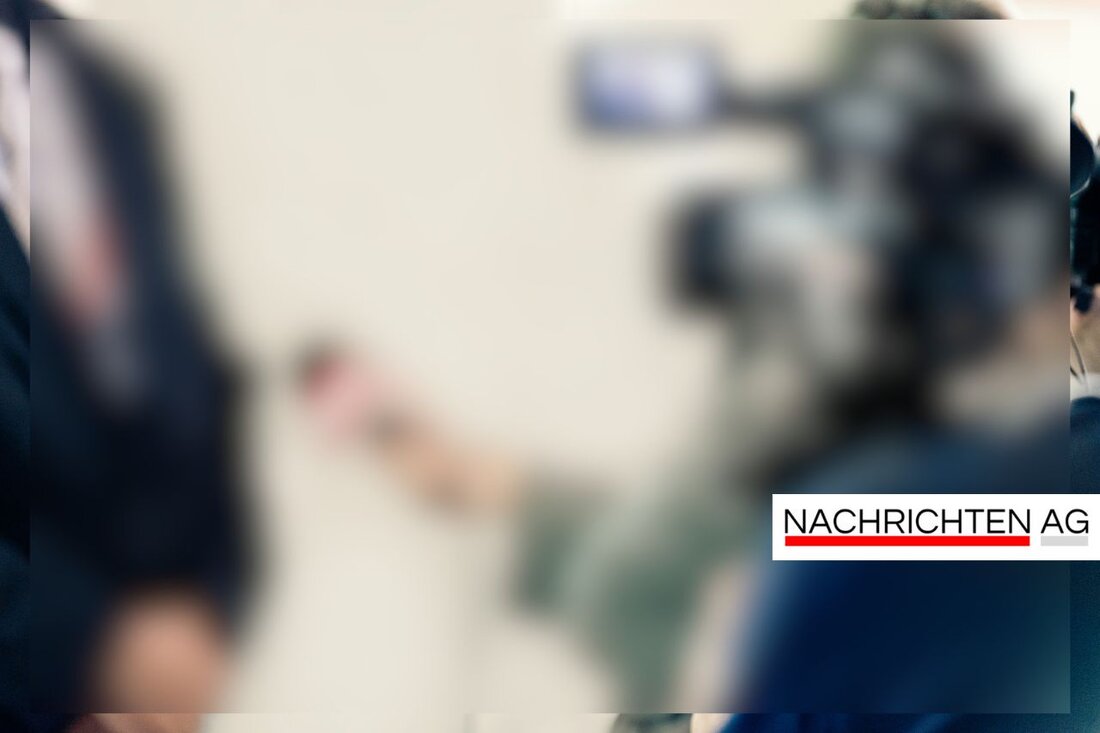Water in focus: Successful tours in Friedberg inspire!
Discover the diversity of water in the Wetteraukreis: guided tours, sustainability and local water resources on September 18, 2025.

Water in focus: Successful tours in Friedberg inspire!
On September 18, 2025, the exciting series of guided tours began in Friedberg as part of the “German Sustainability Action Days”, which this year are all about water. This initiative builds bridges between education and environmental awareness. The municipal utilities and the city itself have done a great job to set up these tours. And the interest is impressive: four tours originally planned were quickly followed by a fifth because demand was so high. Barbara Willkomm-Dingeldey, the city guide, reported on many curious citizens who were interested in the possibilities for sustainable water use.
The tour started at St. George's Fountain, a historic piece of Friedberg that has stood there since 1783. On the way to the various stations, the participants learned a lot about the region's water supply, which comes from the sources of the Vogelsberg and the Taunus. A highlight of the tour was the water tower on the Wartberg, which, with its 400 cubic meters of water and three underground tanks with a total of 1200 cubic meters, is one of the most important water reservoirs in the city.
Water as a cultural asset
Friedberg not only has functioning water resources, but also an impressive history of hydraulic engineering. This includes the Roman bath in the basement of the Burggymnasium, one of the best-preserved Roman baths in Hesse and part of the Limes UNESCO World Heritage Site. And the historic mikveh in the old town, a well-preserved ritual bath that is fed by groundwater, also attracts attention.
There used to be 14 fountains in the old town that testified to the availability of water, including the Spreng fountain, which is no longer used. A replica of the Schmid Fountain is now reminiscent of the only old town fountain from which water could actually be drawn. The city tour also offered a view of an 800-year-old baptismal font made of Vogelsberg basalt in the town church and a drinking water dispenser at the “Café Rund” on Elvis Presley Square. The Wetterau Museum also addressed people's relationship with water and concluded the tour, which ended at the old indoor swimming pool, which today serves as the “Theater Altes Hallenbad”.
Sustainability and water management
World Water Day, celebrated on March 22nd, further highlights the importance of water. This year the focus is on the motto “Together we reach our goals faster”. The United Nations has set the goal of ensuring impeccable water and sanitation for everyone by 2030. In Friedberg, the municipal utilities are ideally positioned to meet this requirement with over 134.5 kilometers of pipelines and a water delivery of 1.94 million m³ in 2022. Water losses in the city are pleasingly low at just two percent.
Interestingly, daily drinking water consumption in Friedberg is 117 liters per person, which is below the national average of 127 liters. But the real water problem goes beyond direct consumption: indirect water consumption through the production of food, vehicles and electronics is enormous, amounting to over 219 billion cubic meters annually. Therefore, it is advisable to rely on sustainable practices. Recommendations from the municipal utilities include, among other things, a more economical use of detergents and cleaning agents and the avoidance of harmful substances in wastewater.
In this context, the Federal Ministry for Economic Cooperation and Development speaks of integrated water resource management (IWRM), which addresses the challenge of climate change. It emphasizes the importance of bringing the various water user groups - from agriculture to industry to growing cities - into a constructive dialogue. Geographically coordinated collaboration can not only lead to more equitable water access, but also contribute to greater stability in the region, which could help meet growing water demands in the future.
The severe challenges but also the opportunities in water management were the motivation for the tours in Friedberg, which were not only informative but also intended to raise awareness of the valuable raw material water. The most important questions for everyone involved should be: How do we naturally use water? How do we promote sustainable use in the future? Because one thing is clear: water is not just food, it is life.

 Suche
Suche
 Mein Konto
Mein Konto